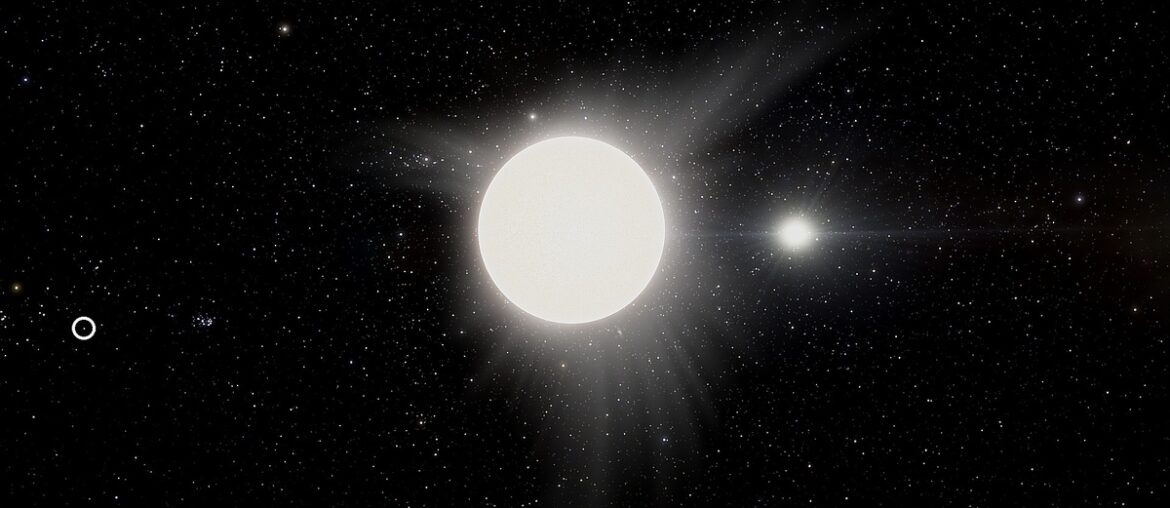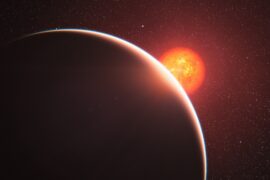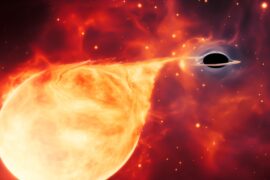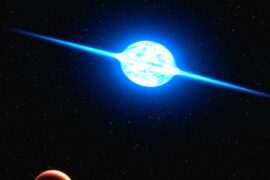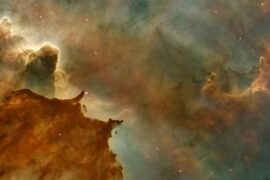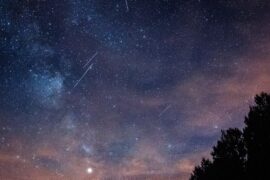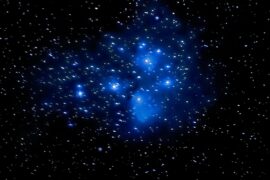The search for worlds beyond our solar system has turned telescopes and data into a steady stream of discoveries, revealing planets that challenge what we thought possible. Observations across many wavelengths and techniques now let us compare systems rather than just spot singular curiosities.
There are 30 Famous Exoplanets, ranging from 51 Pegasi b to WASP-17b. For each entry I list Host star,Discovery year,Distance (ly) so you can quickly compare their basic properties — you’ll find below.
How were the exoplanets on this list discovered?
Most were found using radial velocity (wobble) or the transit method (dip in starlight), with a few detected by direct imaging or microlensing; discovery years indicate the era and method improvements, and the Host star column helps link each detection to follow-up studies.
Can I use this list to find the closest or best-studied examples?
Yes — sort or scan the Distance (ly) to spot nearby systems and check Discovery year and Host star to identify well-observed targets; closer planets and earlier discoveries like 51 Pegasi b often have more follow-up data and literature to explore.
Famous Exoplanets
| Name | Host star | Discovery year | Distance (ly) |
|---|---|---|---|
| 51 Pegasi b | 51 Pegasi | 1995 | 50.45 |
| PSR B1257+12 b | PSR B1257+12 | 1992 | 2,300 |
| HD 209458 b | HD 209458 | 1999 | 159 |
| 55 Cancri e | 55 Cancri | 2004 | 41 |
| Kepler-186f | Kepler-186 | 2014 | 492 |
| Kepler-22b | Kepler-22 | 2011 | 620 |
| Proxima b | Proxima Centauri | 2016 | 4.24 |
| TRAPPIST-1e | TRAPPIST-1 | 2017 | 39.6 |
| TRAPPIST-1f | TRAPPIST-1 | 2017 | 39.6 |
| TRAPPIST-1g | TRAPPIST-1 | 2017 | 39.6 |
| HR 8799 b | HR 8799 | 2008 | 129 |
| HR 8799 c | HR 8799 | 2008 | 129 |
| HR 8799 d | HR 8799 | 2010 | 129 |
| HR 8799 e | HR 8799 | 2010 | 129 |
| Beta Pictoris b | Beta Pictoris | 2008 | 63.4 |
| GJ 1214 b | GJ 1214 | 2009 | 48 |
| K2-18b | K2-18 | 2015 | 124 |
| LHS 1140 b | LHS 1140 | 2017 | 40 |
| HD 189733 b | HD 189733 | 2005 | 64.5 |
| WASP-12b | WASP-12 | 2008 | 870 |
| WASP-17b | WASP-17 | 2009 | 1,300 |
| KELT-9b | KELT-9 | 2017 | 620 |
| Kepler-16b | Kepler-16 | 2011 | 200 |
| Gliese 436 b | Gliese 436 | 2004 | 33 |
| CoRoT-7b | CoRoT-7 | 2009 | 489 |
| Kepler-10b | Kepler-10 | 2011 | 564 |
| HD 80606 b | HD 80606 | 2001 | 190 |
| Gliese 667C c | Gliese 667C | 2011 | 23.62 |
| Kepler-452b | Kepler-452 | 2015 | 1,400 |
| Kepler-78b | Kepler-78 | 2013 | 407 |
Images and Descriptions

51 Pegasi b
The first exoplanet discovered orbiting a Sun-like star using radial velocities, sparking the modern exoplanet era. A hot Jupiter with a 4.2-day orbit, confirmed in 1995 around 51 Pegasi, reshaped planet formation theories and observational searches.
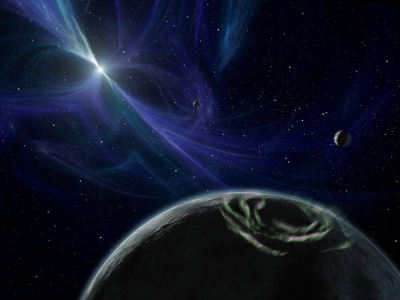
PSR B1257+12 b
One of the first confirmed exoplanets, discovered in 1992 orbiting a pulsar. These small, Earth-mass planets were found via pulsar timing and proved planets can survive exotic environments, opening new questions about planet formation after stellar death.

HD 209458 b
Nicknamed “Osiris,” the first transiting exoplanet confirmed in 1999. Transit observations enabled the first atmospheric detections, including sodium and escaping hydrogen, making it a benchmark for atmospheric studies of hot Jupiters around a star roughly 159 light‑years away.
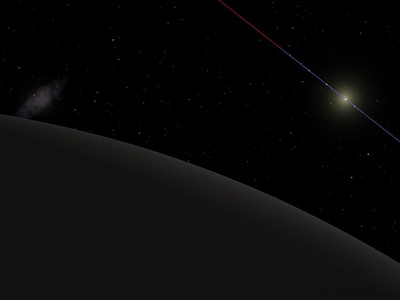
55 Cancri e
A super-Earth in an ultra-short 0.74-day orbit around 55 Cancri, discovered in 2004. Notable for extreme heat, tidal locking, and proposed carbon-rich composition; it’s been a prime target for thermal emission and composition studies.
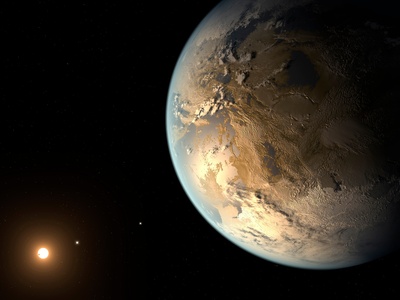
Kepler-186f
The first Earth-size planet found in the habitable zone of its star by Kepler (2014). About 492 light-years away, it’s an important example of a potentially rocky world, though its actual habitability remains unknown.
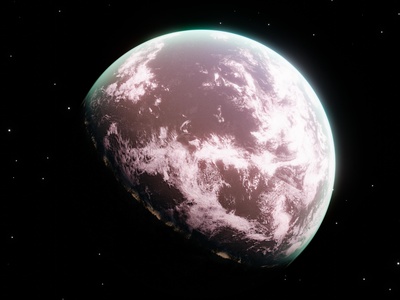
Kepler-22b
Announced in 2011 as Kepler’s first confirmed planet in a star’s habitable zone, about 620 light-years away. Larger than Earth, its composition is uncertain, but media attention framed it as an early “possible ocean world” candidate.

Proxima b
Discovered in 2016 around Proxima Centauri, the nearest star to the Sun at 4.24 light-years. A likely super-Earth in the habitable zone, it’s a prime target for future characterization despite stellar activity challenges to its atmosphere.
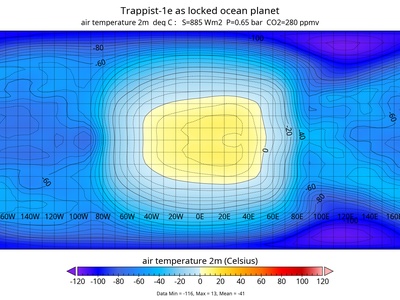
TRAPPIST-1e
One of seven Earth-size planets discovered in 2017 around the ultracool dwarf TRAPPIST-1, roughly 39.6 light-years away. Planet e is considered one of the most promising for habitability studies due to temperate insolation and rocky size.
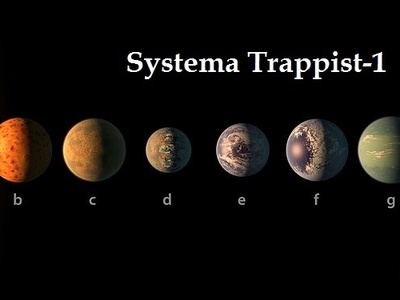
TRAPPIST-1f
Another temperate Earth-size world in TRAPPIST-1’s system (2017). Its position and size make it a key target for atmospheric studies with JWST to assess water content and potential habitability at about 39.6 light-years.
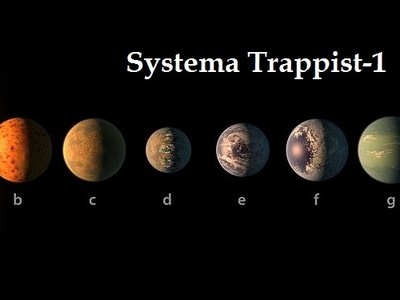
TRAPPIST-1g
A larger Earth-size to super-Earth planet in the TRAPPIST-1 system (2017). Its orbit receives moderate stellar flux, making it interesting for climate models and comparative studies of multiple potentially rocky planets in one nearby system.
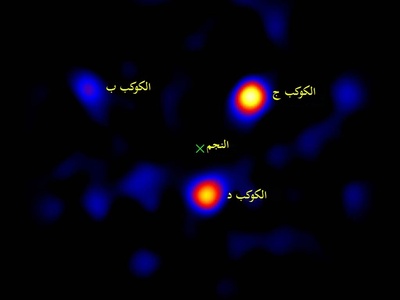
HR 8799 b
One of the first directly imaged exoplanets (2008) in a multi-planet system about 129 light-years away. Massive and young, HR 8799 b helped demonstrate direct imaging can reveal wide-orbit giant planets and study their atmospheres.

HR 8799 c
Part of the celebrated HR 8799 directly imaged quartet (2008/2010). HR 8799 c orbits far from its A-type star, is massive compared to Jupiter, and has been used to study young giant-planet atmospheres and formation histories.
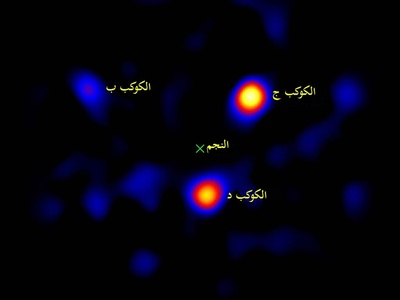
HR 8799 d
Another directly imaged giant in HR 8799’s system. Its multi-planet architecture and youth offer rare constraints on planet formation and migration at wide separations and provide spectra for atmospheric composition studies.
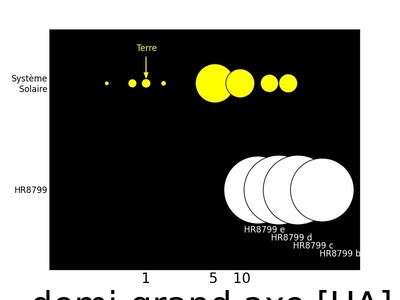
HR 8799 e
The innermost of the directly imaged HR 8799 planets (discovered in 2010). HR 8799 e’s detection showed imaging can find multiple giants at different separations, aiding comparative atmospheric and dynamical analyses.
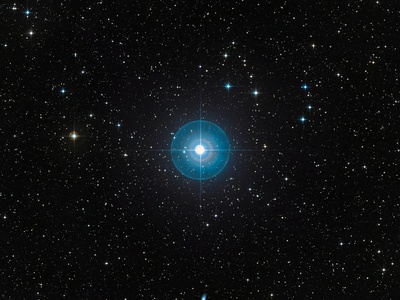
Beta Pictoris b
A directly imaged giant discovered in 2008 orbiting the young star Beta Pictoris about 63.4 light-years away. Its youth and edge-on debris disk make it a textbook case of planet–disk interactions and early atmospheric study.

GJ 1214 b
A nearby super-Earth (48 light-years) discovered in 2009 that transits its red dwarf host. Its substantial atmosphere makes it a focus for composition studies and debate over whether it’s a water world, mini-Neptune, or rocky planet with an envelope.
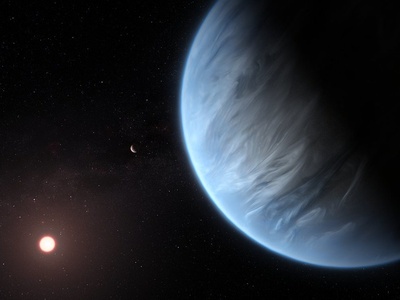
K2-18b
A super-Earth or mini-Neptune about 124 light-years away, discovered in K2 data (2015). Notable for H2O vapor detections in its atmosphere and debates about its habitability and whether it has a rocky surface beneath a thick envelope.

LHS 1140 b
Discovered in 2017 around a nearby red dwarf roughly 40 light-years away, LHS 1140 b is a dense super-Earth in the habitable zone. Its combination of size and quiescent host star makes it a top target for atmospheric follow-up.
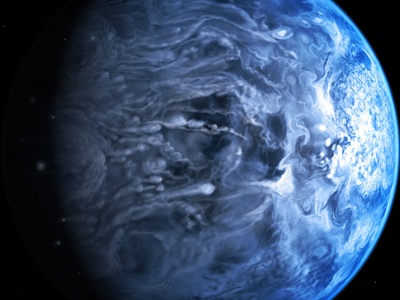
HD 189733 b
A well-studied hot Jupiter about 64.5 light-years away discovered in 2005. Known for a deep blue color and extensive atmospheric spectroscopy showing sodium, water, and high-altitude hazes, making it a benchmark for exoplanet atmospheres.

WASP-12b
An extremely hot, overflowing hot Jupiter discovered in 2008 about 870 light-years away. It is being tidally distorted and losing mass to its star, providing a dramatic example of close-in planet destruction and orbital decay.

WASP-17b
Discovered in 2009, WASP-17b is one of the largest known exoplanets with a retrograde orbit. Its bloated radius and unusual orbital inclination challenged models of planet inflation and migration and attracted widespread media attention.
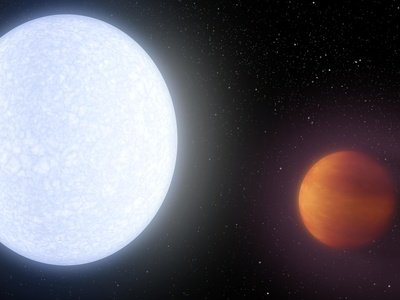
KELT-9b
The hottest known exoplanet discovered in 2017, orbiting a very hot A-type star at roughly 620 light-years. Day-side temperatures exceed some stars, causing molecular dissociation; it sets extremes for atmospheric physics and evaporation.
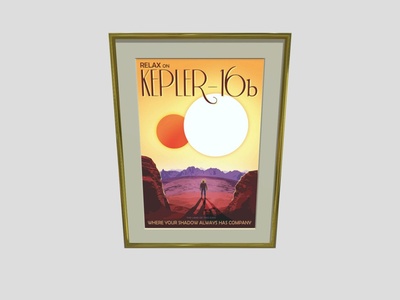
Kepler-16b
The first unambiguous circumbinary planet discovered in 2011, orbiting two stars like a real-life Tatooine. Located around 200 light-years away, it proved planets can form and remain stable around binary star systems.
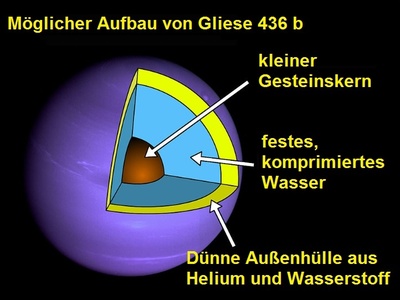
Gliese 436 b
A hot Neptune about 33 light-years away discovered in 2004. It surprised astronomers with a massive, evaporating atmosphere and a comet-like tail, offering insight into atmospheric escape and the diversity of Neptune-sized exoplanets.
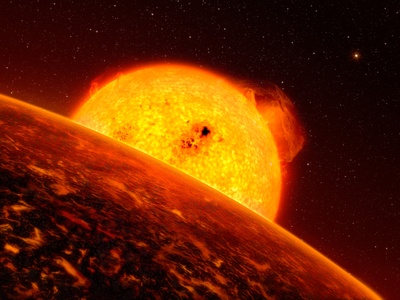
CoRoT-7b
One of the first transiting rocky planets, announced in 2009. Extremely close to its star, it has a very short orbital period and is a prototype “lava world,” informing studies of super-Earth interiors and extreme irradiation.
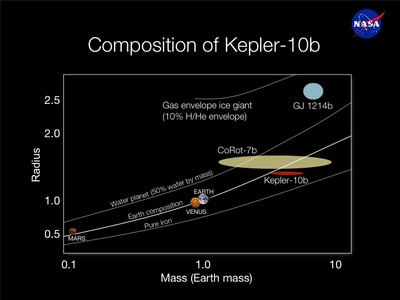
Kepler-10b
One of Kepler’s first confirmed rocky planets (2011), Kepler-10b is about 564 light-years away and orbits extremely closely, with a very short period. Its density confirmed the existence of small, rocky exoplanets.
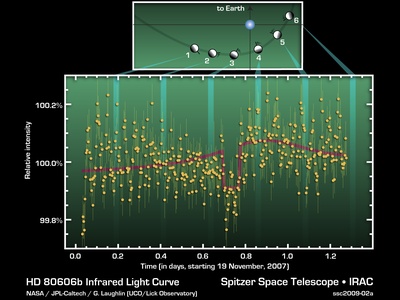
HD 80606 b
Discovered in 2001, HD 80606 b is famous for an extremely eccentric orbit that produces wild temperature swings during periastron. At roughly 190 light-years, its dramatic transit and secondary-eclipse observations have tested atmospheric response models.
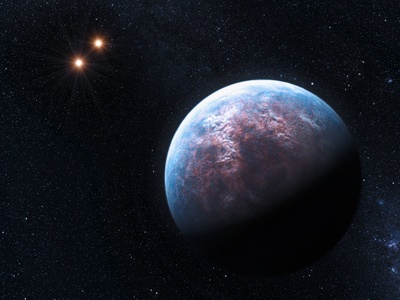
Gliese 667C c
A super-Earth in the habitable zone of the M-dwarf Gliese 667C, about 23.62 light-years away. Discovered in 2011, it stimulated debate about multi-star system habitability and the frequency of potentially habitable super-Earths.
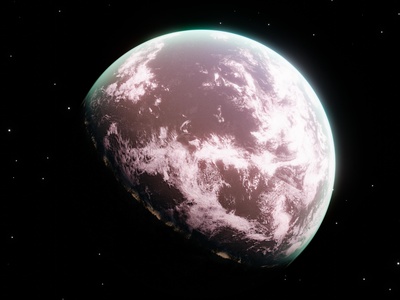
Kepler-452b
Announced in 2015 as an “Earth cousin,” Kepler-452b orbits a Sun-like star about 1,400 light-years away in the habitable zone. Larger than Earth, it represents a long-period Kepler discovery notable for its Earth-like insolation.
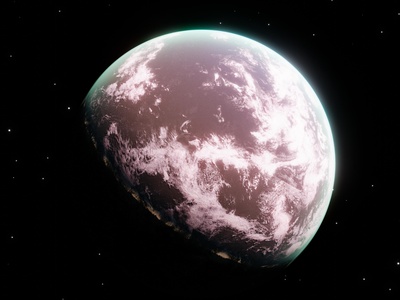
Kepler-78b
A rocky planet discovered in 2013 with an ultra-short orbital period around 407 light-years away. Kepler-78b’s measured mass and radius established it as Earth-like in density despite extreme irradiation, improving understanding of small planet compositions.
Enjoyed this article?
Get daily 10-minute PDFs about astronomy to read before bed!
Sign up for our upcoming micro-learning service where you will learn something new about space and beyond every day while winding down.

